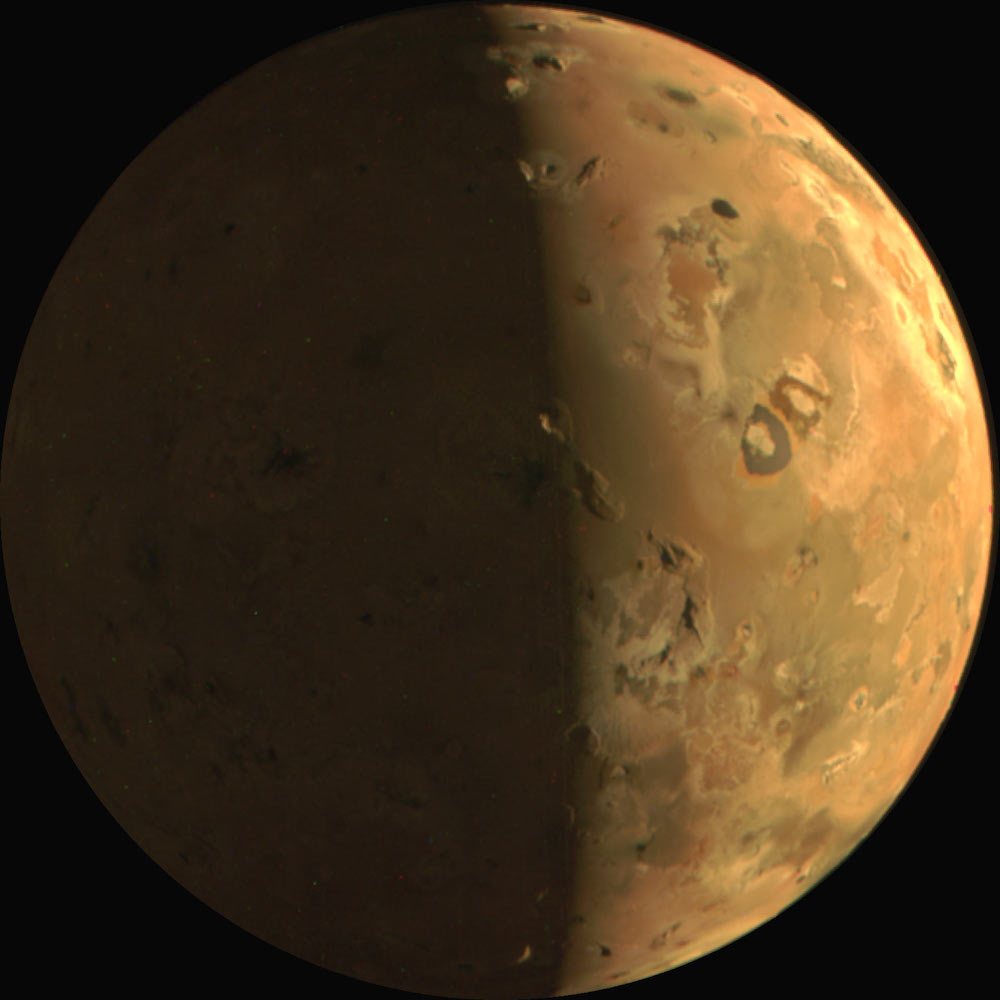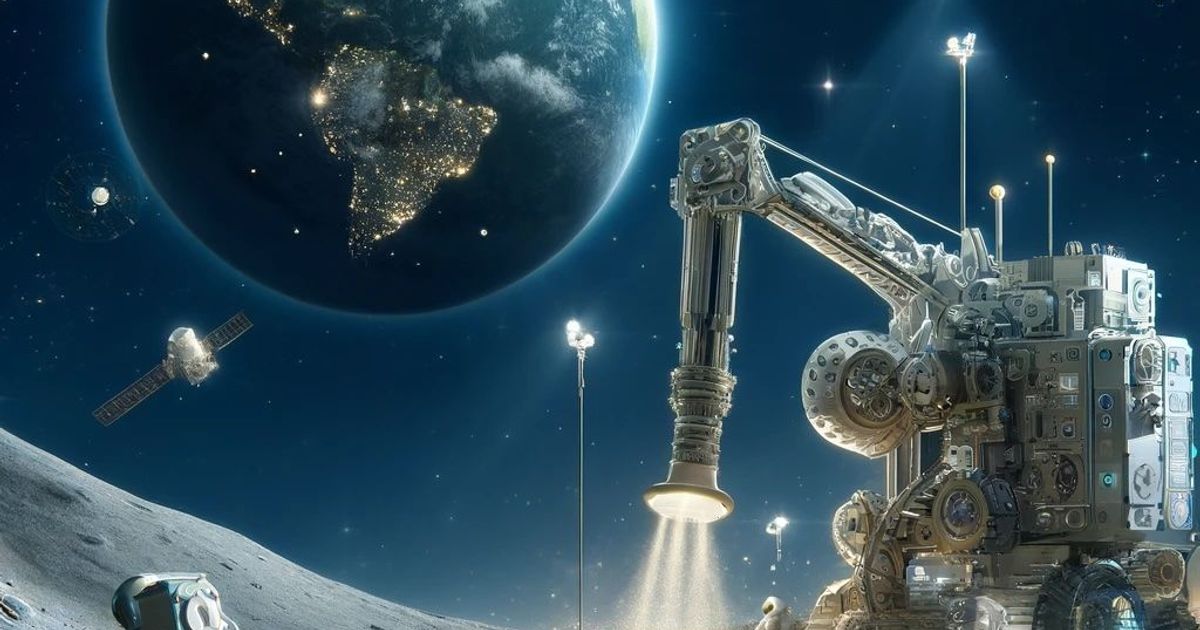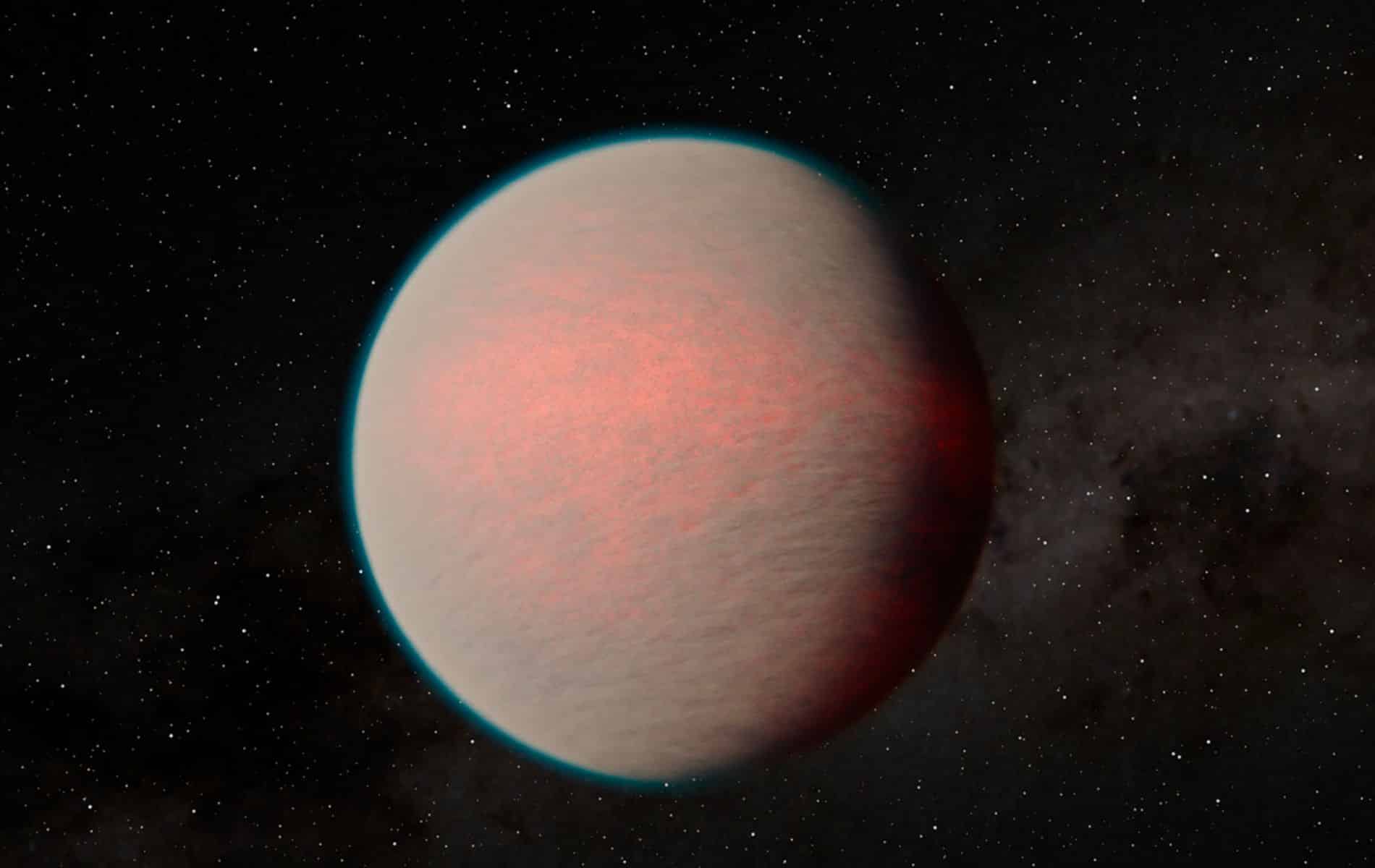Never before have astronomers been able to observe small Neptunes — a type of planet we don’t know about in our solar system, but very common outside of it — in such detail.
The results can be read in the journal nature and dealing with the planet GJ 1214b. This planet is more than 40 light-years away and is also referred to as “mini-Neptune”. The planet owes this designation to the fact that it is less massive than Neptune, but like Neptune it has a dense, hazy atmosphere.
clouds
How this atmosphere came together was unclear for a long time. Previous attempts to characterize the atmosphere – then with the help of the Hubble Space Telescope – were unsuccessful. The Hubble Telescope encountered a blanket of clouds high in the atmosphere that obscured the lower parts of the atmosphere and prevented the telescope from determining the composition of that atmosphere. That was somewhat disappointing, but astronomers were optimistic that the then-under construction James Webb could reveal what lurks beneath the clouds in the near future.
web
We are now a few more years and James Webb is fully operational. However, the secrets of GJ 1214b should not be safe anymore. And this is indeed the case. Because in the new study, scientists — based on observations using Webb Infrared mid tool (MIRI) A glimpse of what lies beneath GJ1214b’s dense cloud cover.
heat map
Using MIRI, the researchers measured the amount of infrared radiation emitted by GJ 1214b when the planet completed its orbit around its parent star in about 40 hours. Based on the observations, the researchers were able toheat mapOr make a heat map of GJ 1214b. It reveals, among other things, that the temperature of the side of the planet facing the parent star (the day side) is much higher than the temperature of the side permanently away from the parent star (the night side). “The night side is colder than the day,” said researcher Eliza Kempton. Concretely, the temperatures range from 279°C in the daytime to 165°C on the night side.
heavier particles
These temperature measurements can tell us more about the composition of the atmosphere. For example, such a large difference in temperature between the day and night sides is only possible if the atmosphere is made up of heavier molecules – such as water or methane – and is poor in lighter molecules such as hydrogen.
Planet history
More research is needed to figure out the exact composition of the atmosphere, but based on initial observations, researchers are fairly sure that water vapor can be found in the atmosphere. If follow-up research can confirm this, it can also give us more insights into the creation and history of GJ 1214b. As mentioned, GJ 1214b’s atmosphere appears to contain a relatively low amount of hydrogen, which clearly distinguishes it from its hydrogen-rich parent star. This can be explained in two ways. One possibility is that GJ 1214b’s atmosphere originally contained a lot of hydrogen, but this was lost at some point. Another possibility is that the planet did not form near the parent star, but at a greater distance from the parent star, from more icy, water-rich material. “Based on our observations, GJ 1214b could just be a water world,” Kimpton says. In the latter scenario, the planet would have traveled toward the star at a later stage, eventually settling into its current, narrow orbit. “If you find a planet rich in water, the simplest explanation is that it formed at a greater distance from the parent star,” says Kimpton.
a surprise
The new observations also yield a surprise. For example, GJ 1214b turned out to be much cooler than expected. This can be attributed to the remarkably bright atmosphere reflecting rather than absorbing much of the light from the parent star. It must have something to do with the nebula high in the atmosphere GJ 1214b, which was previously thought to consist of rather dark, quiescent matter that absorbs a lot of light. “The formation of nebulae, or clouds, is different than expected,” Kempton said. “It’s bright and reflective, which is mystifying and amazing.”
However, the last word is definitely not said about GJ 1214b. The researchers also hope to examine other miniature Neptunes in the near future — including with the help of James Webb — in order to get a better picture of how these planets, which are absent in our solar system, but are well represented outside, might be. Solar System.

“Thinker. Coffeeaholic. Award-winning gamer. Web trailblazer. Pop culture scholar. Beer guru. Food specialist.”







More Stories
Jupiter's moon Io was likely volcanically active billions of years ago
What we know about the new Chromecast with Google TV (4K)
Sony is rolling out a new PlayStation 5 system update that includes a handy Community Guide feature